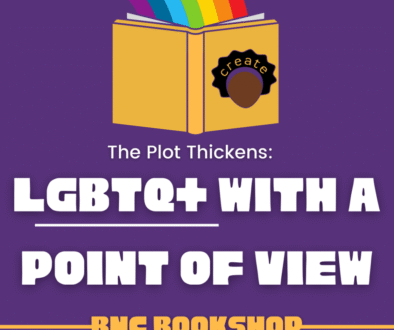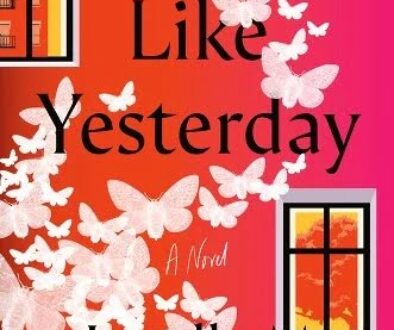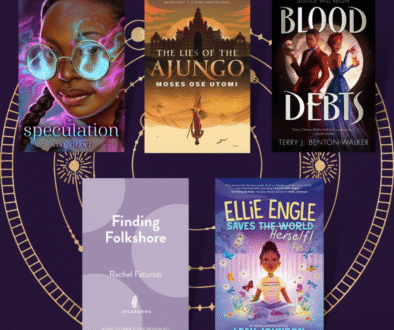The Plot Thickens: Miles Morales
This review was originally posted on Medium.
Ever imagine what Harry Potter and the Order of the Phoenix would look like if it were set in the Marvel universe? I would argue that Disney/Marvel’s first Miles Morales book is as close as you’d get. As a Potterhead whose introduction to the Marvel universe were X-Men comics in the mid to late 90s and reintroduction was via the Marvel Cinematic Universe, the fact that this novel mirrored Harry’s experiences at this age help to ground me in Miles’ universe. Those unfamiliar with Miles’ origin story, as I was, should pick up this book because it gradually reveals the circumstances under which Miles obtains super powers while also engaging in themes that the Harry Potter series barely/never overtly did (e.g. race).
In this novel, Miles is a less investigative and less agro version of book five Harry, which I very much appreciate as Harry’s behaviors in Order of the Phoenix spurred my dislike for his character for the rest of the series. I particularly appreciate how Miles is able to keep his head together after witnessing the death of his uncle and being suspended from school (something Harry feared each of his six years at Hogwarts). In fact, Miles’ school, Brooklyn Vision Academy, is very similar to Hogwarts in that it’s also a boarding school, albeit there is no magic, set in Brooklyn, NY, and Miles actually prefers to spend time with his family than remain at school where he’s plagued by issues with a combative teacher and feelings that he doesn’t belong.
Of course, this wouldn’t be a true book five comparison without a character acting as Professor Umbridge. As luck would have it, Miles’ history teacher Mr. Chamberlain, fits the bill of Professors Umbridge and Snape by perpetuating the systems that somehow allow adults to abuse students without oversight or punishment from the school’s administration. Like Professors Snape and Umbridge, the bulk of Mr. Chamberlain’s abusive behavior is mental, as he goads Miles into reacting violently to speech designed to enrage him. Like Harry, Miles often tries to rein in his anger when interacting with these provocative and unqualified teachers, but instead provides them with the outburst they need to justify punishment.
In addition to mentally abusive teachers, this book parallels Harry Potter and the Order of the Phoenix by having the main character question their own sanity and giving him a best friend that is attuned to his issue but is incapable of supporting him the way that he needs. In Miles’ case, his spidey-sense acts as Harry’s scar giving him a warning signal of the main villain is in his proximity or up to no good. Also like Harry, Miles misinterprets and tries to ignore these signals to his error and imminent peril. Miles’ best friend, Ganke, is similar to Ron Weasley in that he recognizes the issues that his friend and roommate faces but doesn’t dig into them too much. He also deals with issues within his family (modeling the Weasleys vs. Percy which started during Harry’s fifth year) and enables Miles’ reckless behavior. Unlike Ron, Ganke actually gets Miles into situations that would expose him to danger and flaunting his secret identity as Spider-Man, which made me wonder why Miles, who tends to be very considerate and peaceful, would maintain a friendship with Ganke. I suppose these instances could be interpreted as typical teenage boundary testing and the false sense of invincibility, yet one can’t help feeling as if he gets Miles into the dangerous situation with basketball players from around Miles’ block because he wants to see Miles’ powers on display.
The authors familiarity with living in New York City and the trouble people can fall into within their own neighborhood is a strong current throughout the book. You immediately know that Miles’ life is not spent in isolation within his science-based boarding school. He is just as grounded to his experiences of his neighbors near his parents’ living space as he is to his peers of color at his school. For the book to be informed by so many true-to-life NYC experiences (Showtime! subway dancers, unreliable public transportation, and Brooklyn culture) it is also chock-full of metaphors of what it means to be a good person and take pride in one’s identity. In fact, this book reinforces the theme of community and that the most heroic quality that a person can take on is taking care of and respecting their community.



